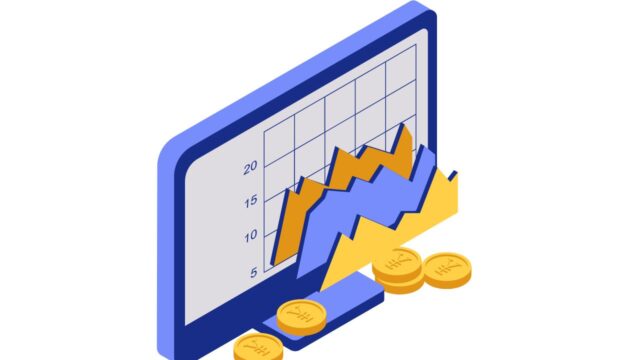
Before you start trading in bond futures, there are some important things to consider. These include Interest rate hedging, Margin requirements, Speculative investment, and hedging. These factors will influence whether or not bond futures are right for you. Continue reading for more information. In the meantime, contact a brokerage firm to discuss the benefits and disadvantages of bond futures. It may surprise you to learn that they can actually reduce your risk!
Interest rate hedging
Bond futures are a type of financial instrument that hedges interest rates. Most interest rate futures traded on American exchanges are based on U.S. Treasury securities. Eurodollar-based contracts trade in increments of $25 and have a contract value of $1 million. They are settled on a mark-to-market basis. Because of this, they are particularly flexible in terms of their duration. A $1 million contract, for example, can have a minimum price movement of 25%.
Another type of interest rate futures is a call option. These are like options but instead of using the underlying asset, bond futures use bonds. The downside of these futures is that they require delivery of the bonds. As interest rates rise, the value of the bonds will fall as well. This is the best way to hedge interest rate risk. However, these contracts are not for everyone. If you are unsure of whether bond futures are for you, speak with a financial advisor or a professional before making a decision.
Speculative investment
Speculative bond futures trading is a way for investors to invest in the bonds market, but beware of the risks involved. Bond prices are subject to large fluctuations, and trading in these contracts can result in significant profits as well as huge losses. As with all investments, the risk of loss is much higher than the profit, and you should consult with an investment advisor before engaging in this type of trading. Here are some tips to help you avoid losses with bond futures trading.
Speculative investors are those who accept maximum risks and seek maximum gains in a short period of time. These investors may have previous experience in equity investing and may be interested in short-term capital appreciation. Speculative investors typically have a history of short-term investing and are willing to accept loss of principal. Pershing LLC is an investment advisor and clearing firm. The market is deep and liquid. Its members are based on indexes that measure the performance of U.S. investment grade and high-yield corporate debt.
Hedging
The concept of hedging involves buying and selling bonds, and the price of these contracts fluctuates in tandem with interest rates. The hedging strategy assumes a parallel shift in the yield curve and therefore ignores the risk of default. However, if interest rates rise significantly, the bond price will drop, and the issuer can use futures contracts to offset the risk of this occurrence. Hedging bonds in this manner enables investors to take advantage of a volatile market and still earn the best returns.
This strategy uses historical data to calculate the probability of a particular event. For example, one could calculate the expected return from the UK Long Gilt futures, which move in a similar way as the CTD Gilt. The analysis of historical data depends on the consistency of historical relationships. Hedging using historical data is especially helpful because it can determine the number of futures contracts to sell. The hedging process can be enhanced by considering correlations between different maturities, but this is not included in the example.
Margin requirements
The effect of margin requirements on bond futures prices and volatility is a well-known issue, but what is the underlying mechanism behind them? As far as we know, margin requirements affect both price volatility in a positive way. This is due to the fact that margin requirements induce a leverage effect, and as a result, the price of futures contracts tends to decline as volatility increases. This effect is particularly pronounced in bond futures contracts with higher margin requirements.
The margin requirements for bond futures are not the same as those for stock trading. Instead, the margin requirement for a particular commodity is set by the futures exchange. In fact, margin requirements are similar to those of performance bonds. The margin requirements for a 10 year note are available on the margin requirements web page, in the Interest Rates section. The margin requirement for this bond is equal to $4,000 per contract. However, this is just a rule of thumb; you should review the margin tables for more details.
Calculating profit
If you are planning to invest in bond futures, you should know that it requires certain calculations. The price of the underlying bond will change a lot between the day you make the purchase and when the contract is exercised. The reason for the fluctuation is that the prices of bonds vary based on many different factors, including interest rates, economic conditions, and the market demand. The fluctuations may lead to big profits and significant losses for the traders. As such, you should be aware of the risks and the implications of leverage before engaging in trading. Listed below are a few of the formulas used to calculate profit from bond futures.
To determine the profit you can make from bond futures, you should first determine the initial margin requirement. It is important to remember that the initial margin requirement for a contract is $2700. You can then use this value to purchase a bond whose face value is $99 or more. If you bought the contract on margin and deposited the initial $10,000 in your brokerage account, your purchase price will be $99,000, which is equal to the amount of your futures position.


































